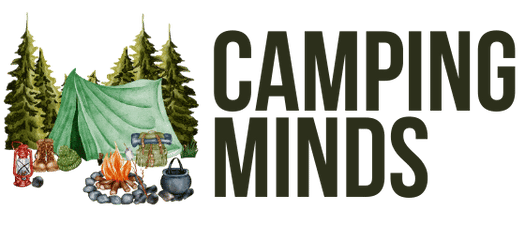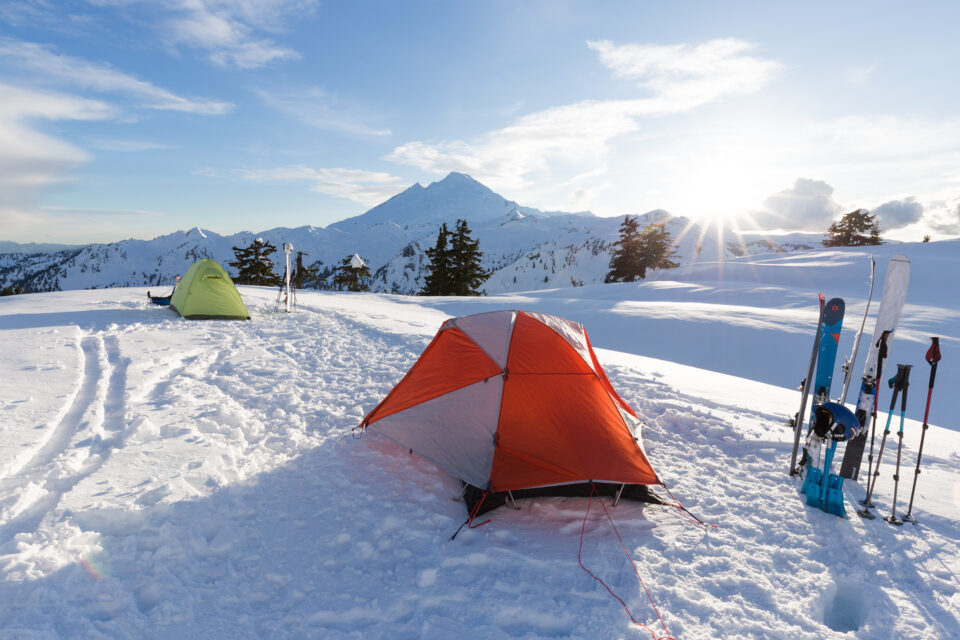Winter camping in the mountains offers a unique and exhilarating experience for outdoor enthusiasts. The serene beauty of snow-covered landscapes, the crisp air, and the quietude of nature during this season can be truly magical. However, winter camping requires meticulous planning and preparation to ensure a safe and enjoyable adventure. This guide will cover essential tips, gear recommendations, and safety measures to help you make the most of your winter camping trip.
Planning Your Winter Camping Trip
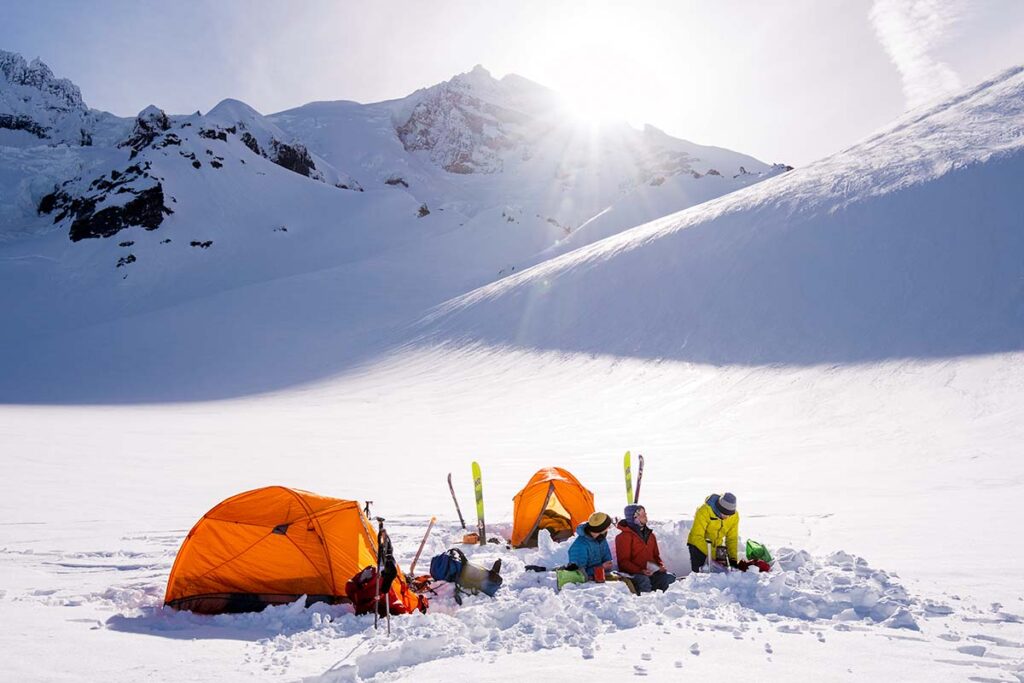
Best Locations for Winter Camping in the Mountains
Choosing the right location is crucial for a successful winter camping experience. Research various mountain ranges known for winter camping, such as the Rockies, the Sierra Nevada, or the Appalachian Mountains. Popular spots often have designated winter camping areas with amenities. Always check local regulations and weather conditions before finalizing your destination.
How to Choose the Right Time to Go
Timing can significantly impact your winter camping experience. Late winter or early spring often offers milder temperatures and more stable weather conditions. Consider avoiding holidays and weekends if you prefer a quieter experience. Always keep an eye on weather forecasts and be prepared for changing conditions.
Essential Gear for Winter Camping
Tents and Sleeping Gear
A four-season tent is essential for winter camping, as it can withstand heavy snow and wind. Look for tents with a low profile to minimize wind resistance. Additionally, invest in an insulated sleeping bag rated for sub-zero temperatures and a sleeping pad with good insulation to keep you warm from the cold ground.
Clothing and Layering Techniques
Dressing in layers is vital for staying warm and comfortable. Start with a moisture-wicking base layer, add an insulating layer (like fleece or down), and finish with a waterproof and windproof outer layer. Don’t forget to wear thermal socks, gloves, and a warm hat, as a significant amount of body heat is lost through your extremities.
Cooking and Food Storage Equipment
Winter camping necessitates careful food planning. Opt for high-calorie, lightweight foods, and bring a reliable camping stove that can perform in cold conditions. Insulated containers and thermoses are great for keeping liquids warm. Ensure your food is stored securely to prevent wildlife encounters.
Safety Gear and Navigation Tools
A reliable navigation system, such as a GPS device or a detailed map and compass, is essential for winter camping. Bring a first-aid kit tailored for winter injuries, including items for frostbite and hypothermia. A multi-tool can also be beneficial for various tasks around the campsite.
Tips for a Successful Winter Camping Experience
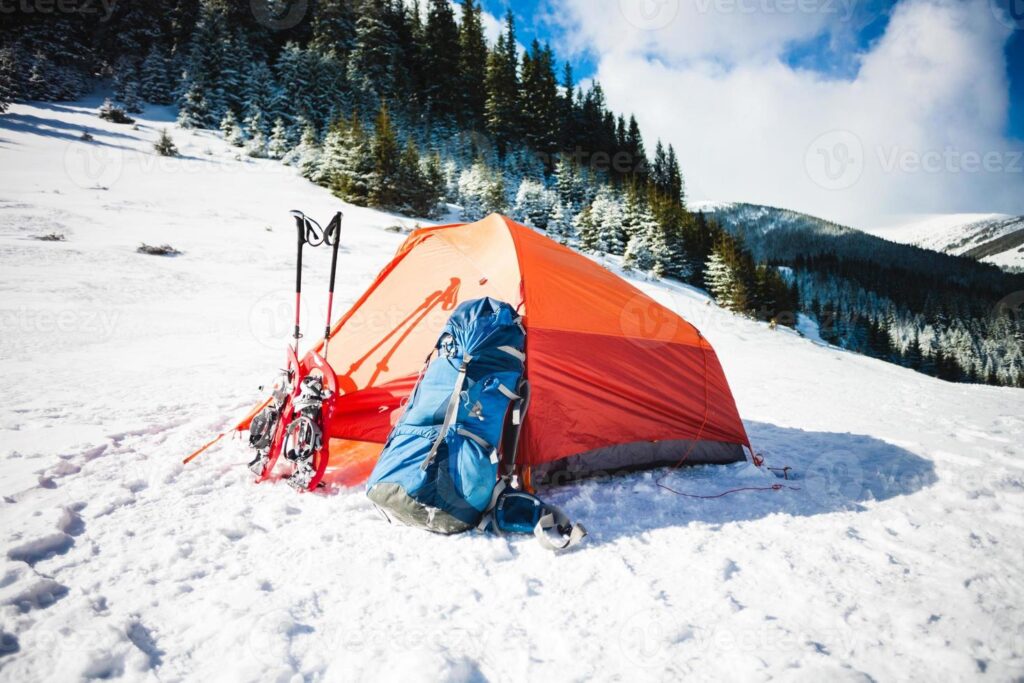
Setting Up Camp in Winter Conditions
When setting up your campsite, choose a flat, sheltered area away from potential hazards like falling branches or avalanches. Clear away snow before pitching your tent to create a stable base. Consider digging a small trench around your tent for drainage if snow melts.
Staying Warm and Dry
Maintaining warmth is key to enjoying your winter camping experience. Use a combination of heat sources, such as body heat, sleeping pads, and insulated bags. Avoid sweating by managing your layers appropriately. In colder temperatures, change into dry clothes before bed to retain body heat.
Food Preparation and Cooking Tips
Prepare meals that require minimal cooking, such as freeze-dried foods, to save time and fuel. Cooking inside your tent can be dangerous due to carbon monoxide buildup, so use a portable stove outside. Always allow your stove to cool before bringing it back inside your tent.
Safety Precautions
Understanding Weather Conditions and Forecasts
Before heading out, familiarize yourself with the area’s winter weather patterns. Keep a close watch on daily forecasts, and be prepared to alter your plans if severe weather approaches. Consider using a weather app that provides alerts for changing conditions.
Wildlife Safety in Winter
While wildlife is less active in winter, encounters can still occur. Store food away from your sleeping area and practice bear-safe camping techniques. Make noise when hiking to alert wildlife to your presence.
First Aid Essentials for Winter Camping
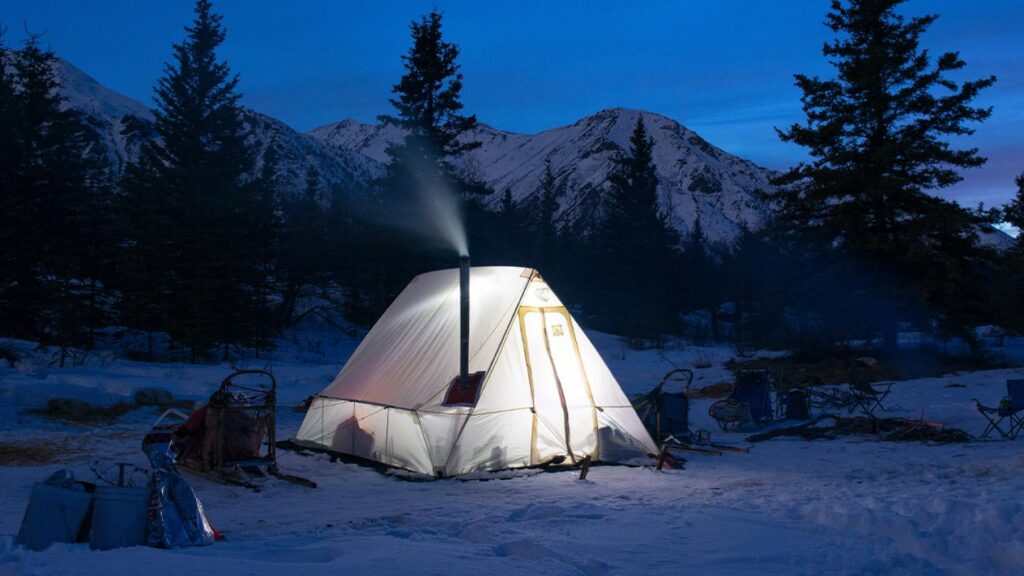
Ensure your first-aid kit includes items for treating frostbite, hypothermia, and other winter-related injuries. Familiarize yourself with basic first aid techniques, and consider taking a wilderness first aid course to be prepared for emergencies.
Conclusion
Winter camping in the mountains can be an incredibly rewarding experience if you prepare adequately. By choosing the right location, gathering essential gear, and practicing safety precautions, you can enjoy the beauty of winter in a way that few experience. So bundle up, gather your gear, and embrace the adventure that awaits in the snowy wilderness!
For more tips and gear recommendations, visit CampingMinds.
